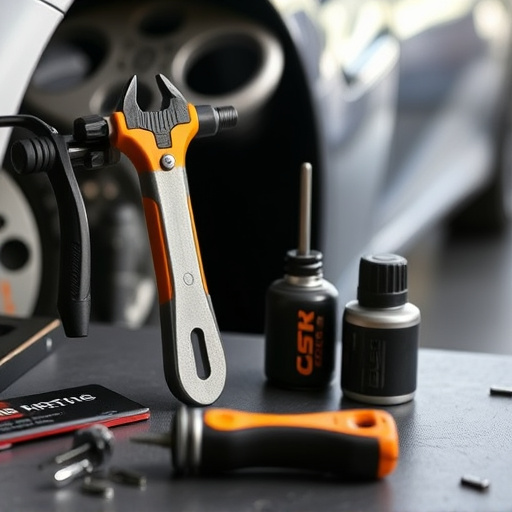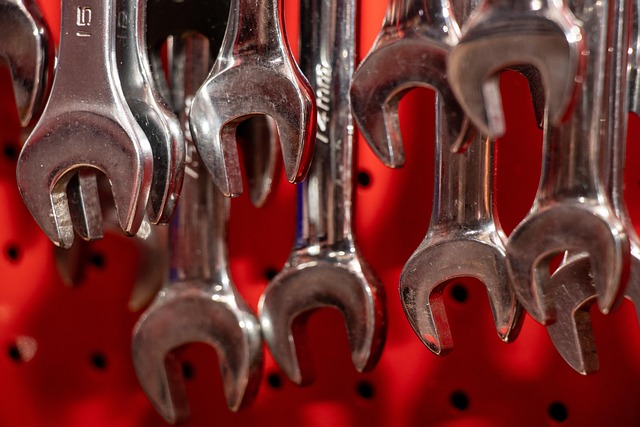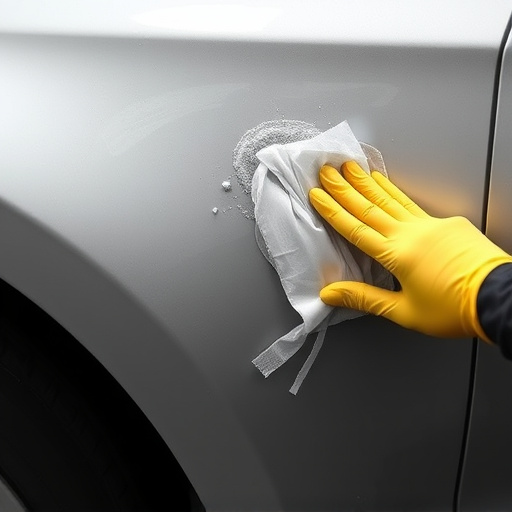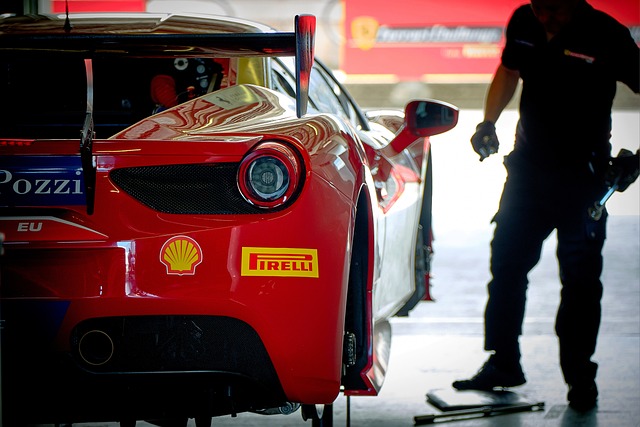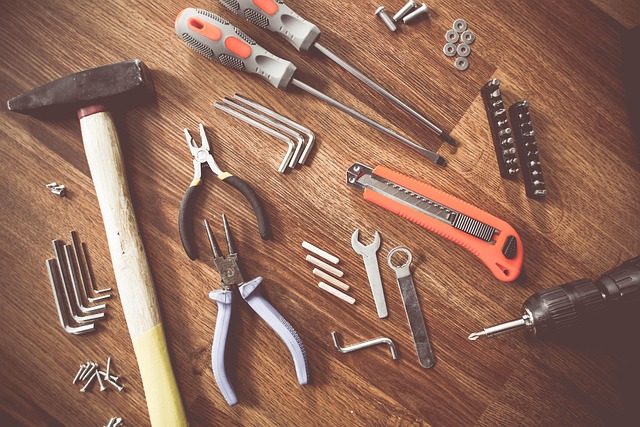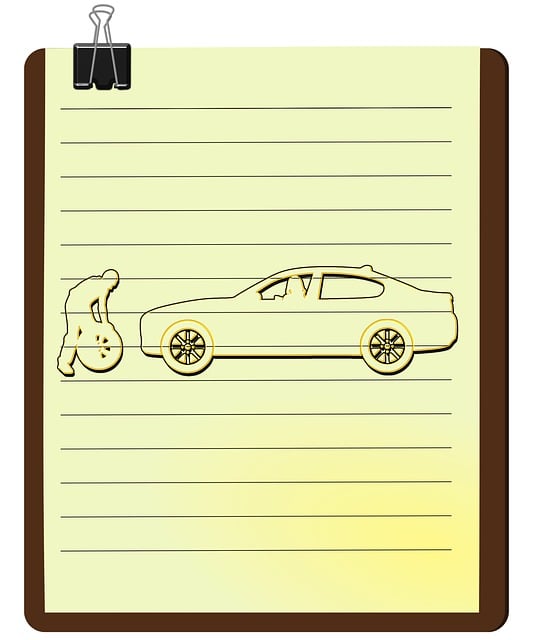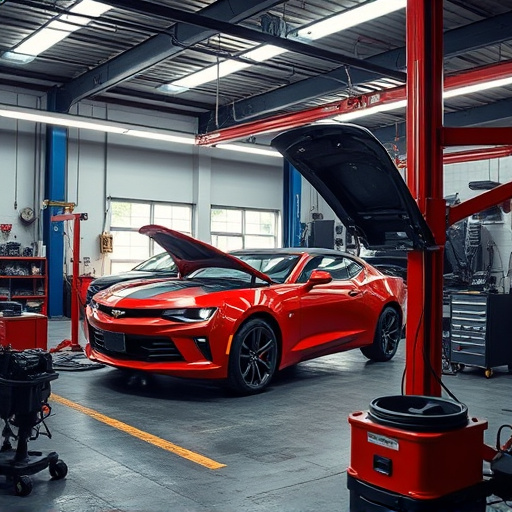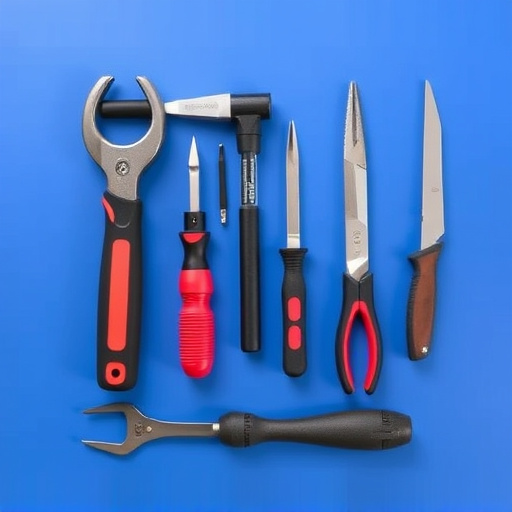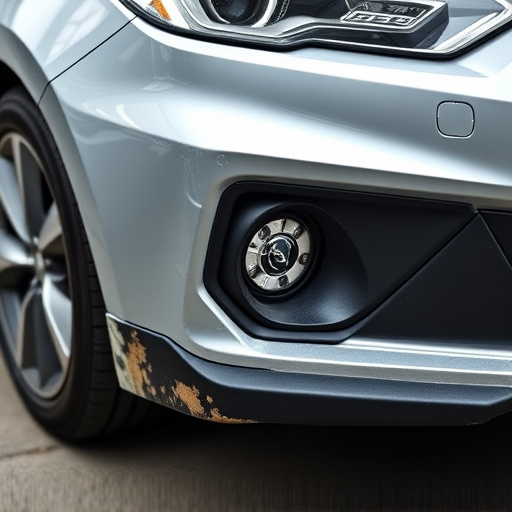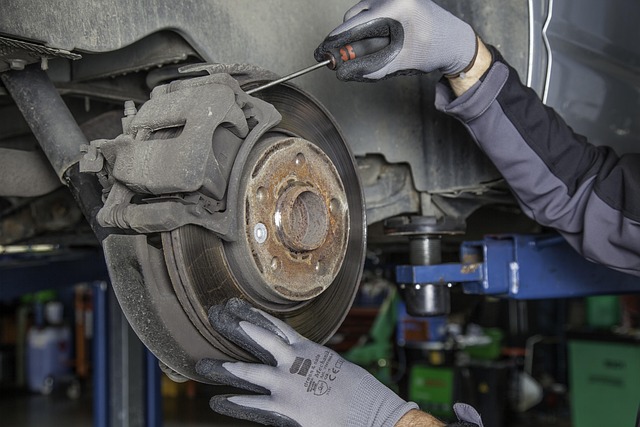TL;DR:
Before towing a vehicle to a collision center, conduct a thorough inspection focusing on towing hardware compatibility, bodywork integrity, brake function, light operation, fluid levels, and auto glass. Secure doors, hoods, and trunks to prevent shifting during transport. This meticulous preparation ensures accurate damage assessment, enhances safety, and facilitates efficient collision repair processes by tow truck operators and center staff, utilizing active safety technologies and assessing structural integrity for seamless towing to collision center experiences.
In the realm of automotive care, efficient and safe towing to collision centers is paramount. This comprehensive guide delves into essential precautions and best practices for a seamless process. From meticulous preparation and inspection before towing, to secure handling techniques and post-tow care, each step ensures optimal vehicle protection during transit. Discover crucial strategies for correct attachments, load distribution balancing, and managing diverse vehicle types. Remember that effective communication and customer satisfaction are key, making this guide an indispensable resource for safe, efficient towing to collision centers.
- Preparation and Inspection Before Towing
- – Vehicle assessment before towing
- – Checking vehicle's safety features and systems
Preparation and Inspection Before Towing
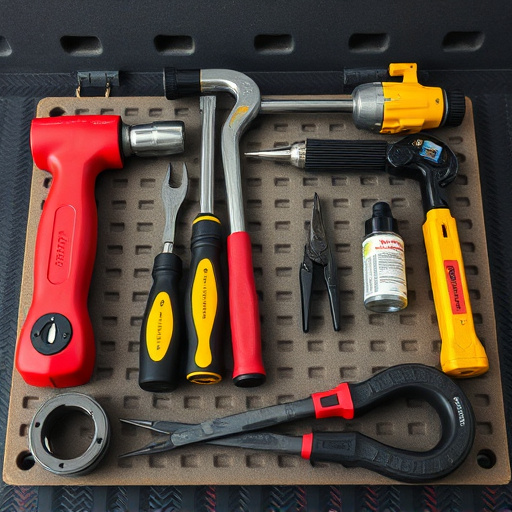
Before towing a vehicle to a collision center, thorough preparation and inspection are paramount for ensuring safe transit and minimizing potential damage. This involves a comprehensive check of both the towing equipment and the vehicle itself. Verify that all towing hardware—including ball hitches, chains, and wheel chocks—is in pristine condition, properly adjusted, and compatible with your vehicle’s make and model. Inspect the car’s bodywork for any loose or damaged components, as well as checks on essential systems such as brakes, lights, and fluid levels to ensure they are operational.
Pay special attention to vulnerable areas like glass and mirrors, recommending or performing auto glass replacement if necessary. Ensure all doors, hoods, and trunks are secure and closed properly to prevent shifting during transport. This meticulous preparation not only safeguards the vehicle but also plays a crucial role in the efficiency of collision repair processes once it reaches the center.
– Vehicle assessment before towing

Before towing a vehicle to a collision center, conducting a thorough assessment is non-negotiable. This initial check ensures that the vehicle’s condition is accurately evaluated, enabling the tow truck operator and collision center staff to make informed decisions regarding the repair process. During this assessment, every effort should be made to identify any pre-existing damage or potential issues that might impact the overall repair costs and timeline.
Focusing on both the external and internal components, this involves examining the vehicle body for dents, cracks, or any signs of previous repairs, as well as checking the functionality of essential systems such as brakes, lights, and auto glass. These steps are critical to avoid further damage during transport and to ensure that only authorized repair centers have access to the vehicle’s records, promoting transparency and quality control in the entire towing to collision center process.
– Checking vehicle's safety features and systems
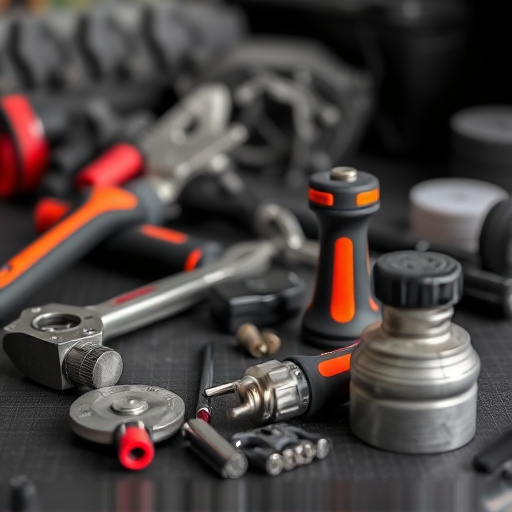
Before transporting a vehicle to a collision center for repairs, it’s crucial to conduct a thorough inspection of its safety features and systems. This step is essential in ensuring a safe towing process and accurate assessments during the repair phase. Check for active safety technologies like airbags, anti-lock braking systems (ABS), electronic stability control (ESC), and lane departure warnings. These advanced systems play a pivotal role in Mercedes-Benz repair or any other vehicle’s restoration, as they contribute to both driver protection and precise damage evaluation.
Additionally, examine the vehicle’s structural integrity, including its frame, suspension, and body panels. Even subtle dents or hail damage repair needs should be addressed before towing. Properly repairing these issues beforehand guarantees that the collision center can focus on more complex repairs, ensuring a seamless and effective Mercedes benz repair process overall.
When towing a vehicle to a collision center, adhering to thorough preparation and inspection procedures is paramount. By assessing the condition of the vehicle and verifying its safety features, you minimize risks during transit, ensuring a smoother journey for all parties involved. Implementing these best practices fosters a culture of safety, ultimately contributing to successful collision center operations. Remember, safe towing practices are not just guidelines—they’re essential steps towards efficient and secure vehicle transport.


